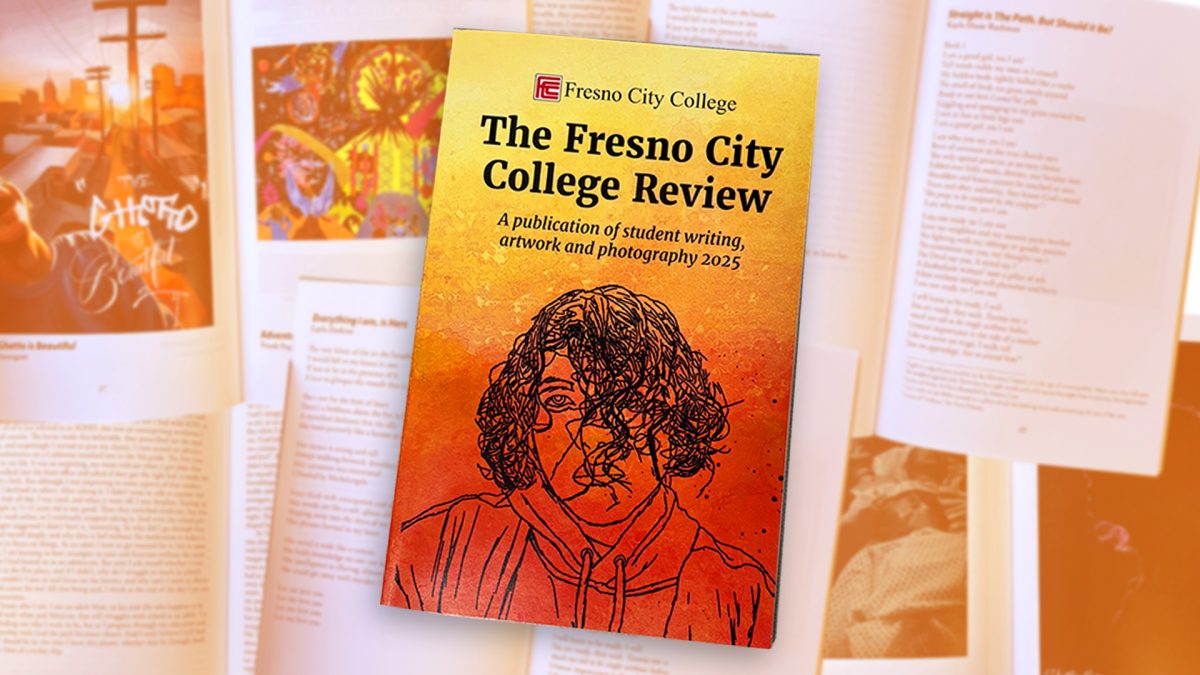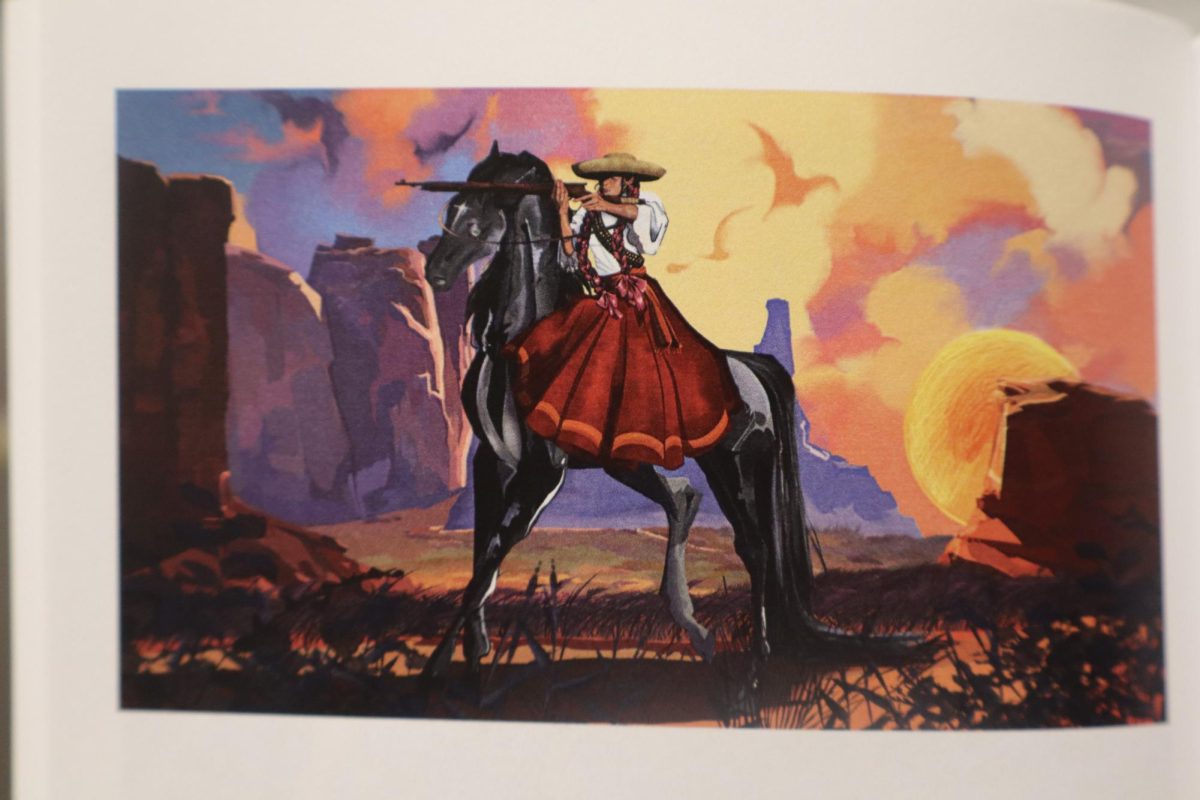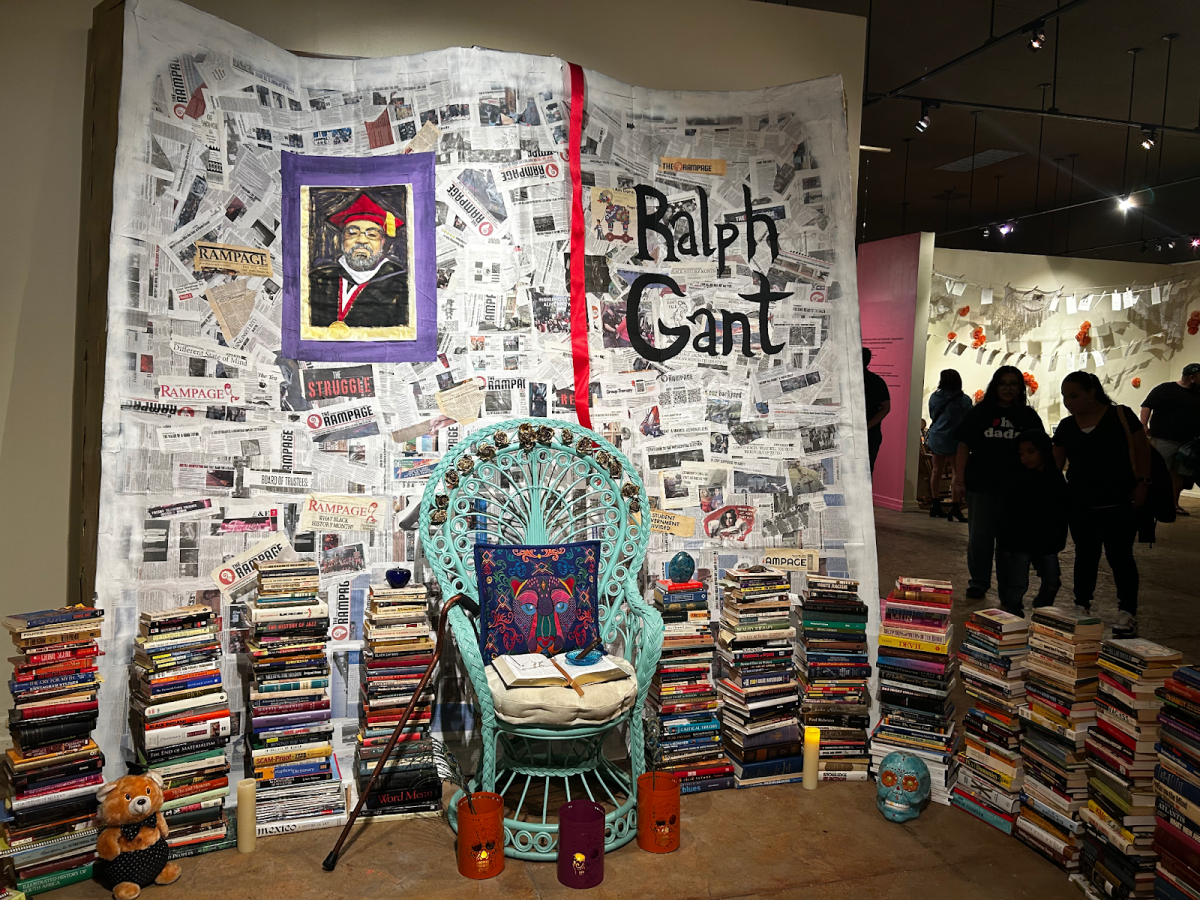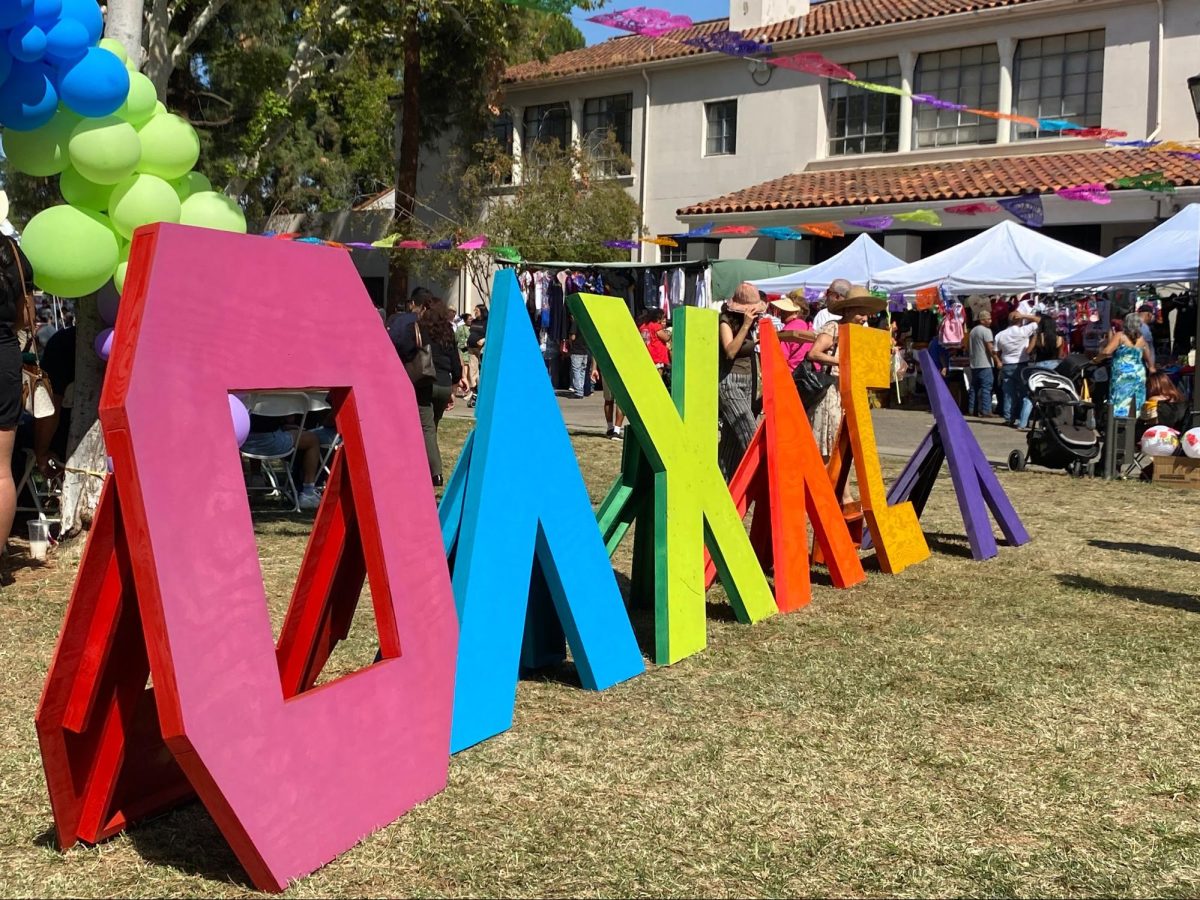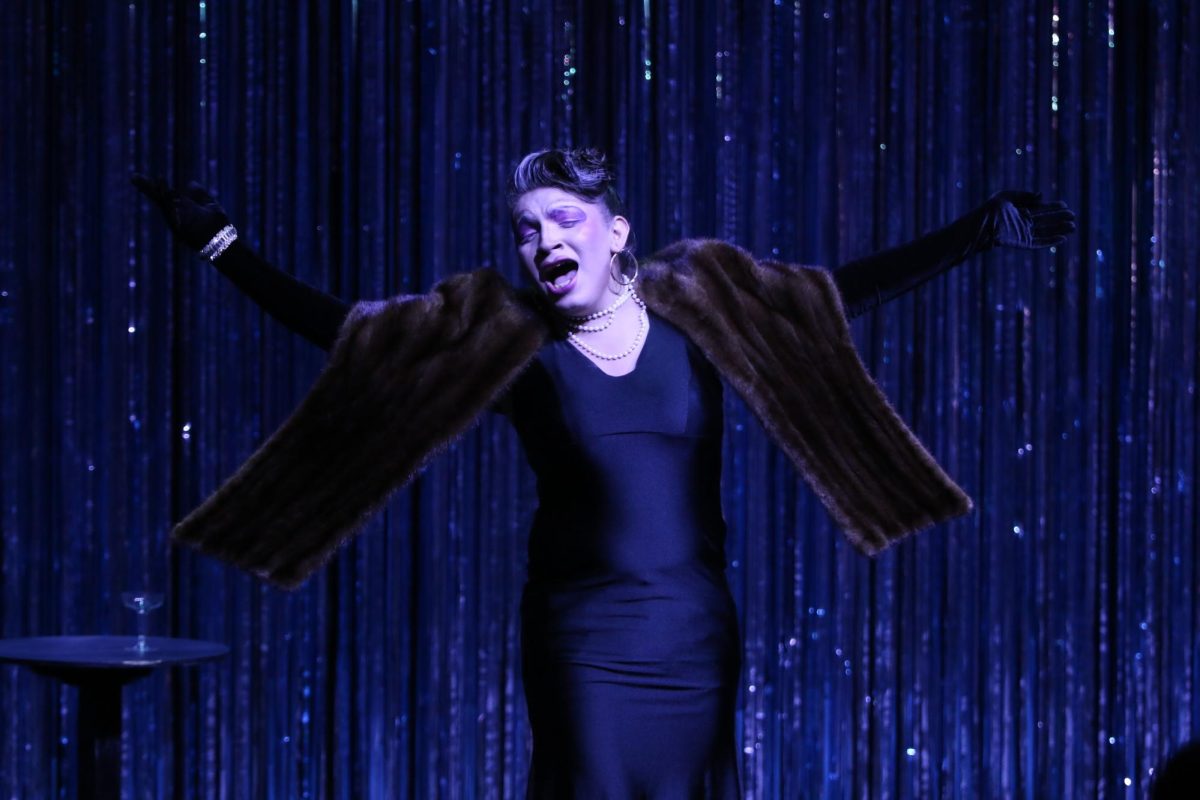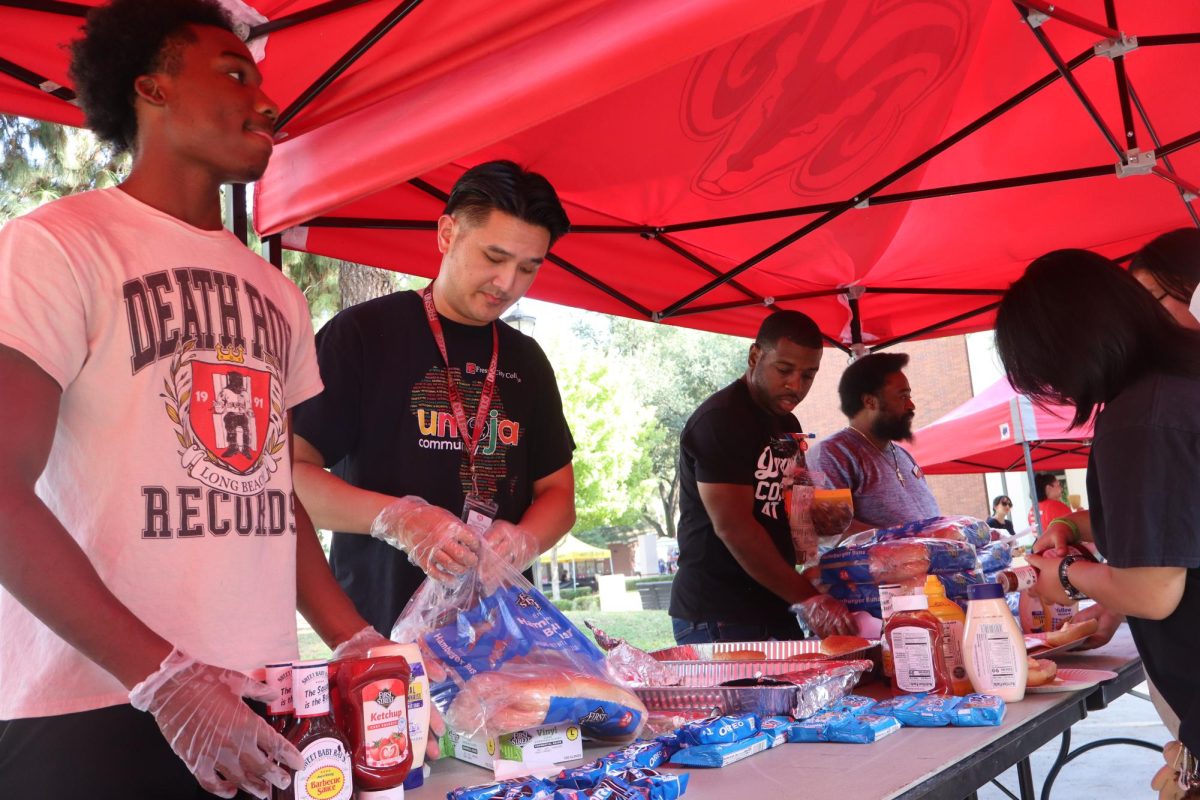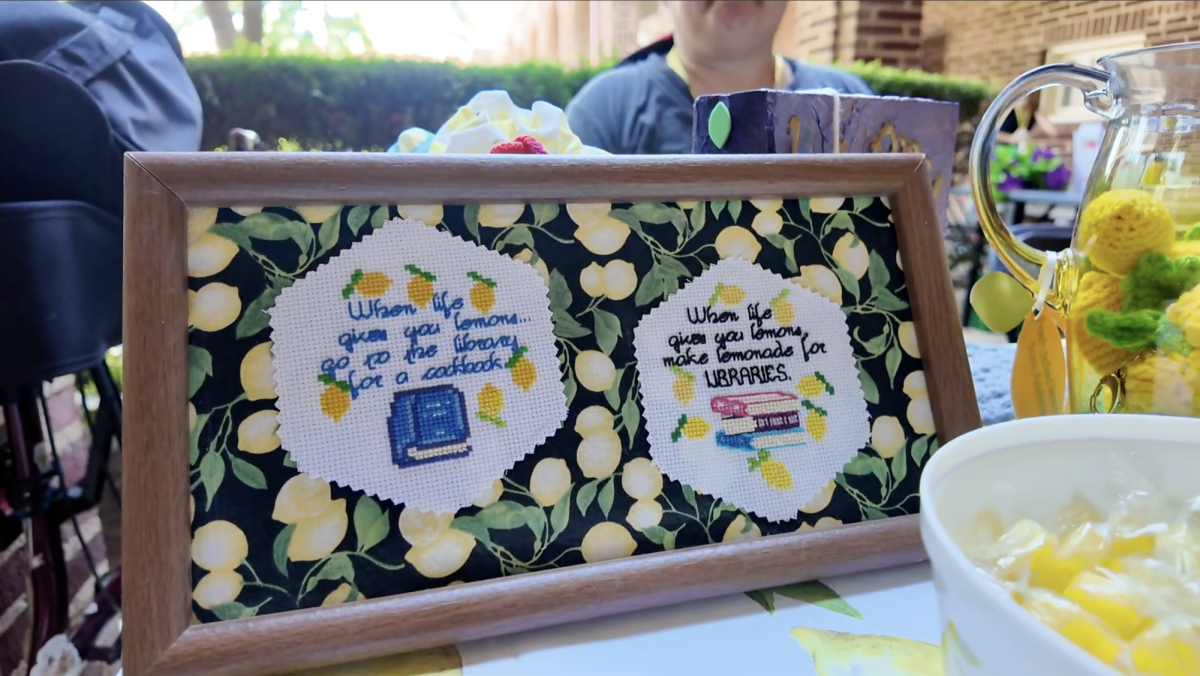The FCC Review is a literary journal compiled of Fresno City College student-made work that includes creative writing, artwork and photography. After a brief hiatus, the publication returned with a new magazine for this school year.
Since 2020, the Review had been met with obstacles that have led the journal to take pauses from publishing.
Sallie Saíz is one of the managing editors and the creative non-fiction editor. She said the COVID-19 pandemic and funding issues led to the sparse publications of the journal over the last 5 years. However, The FCC Review now plans to continue publishing one edition every school year.
Submissions for future publications will open in the spring semester with a deadline likely in February. The journal will then be distributed in the following fall semester. Students can submit fiction, flash fiction, poetry, creative non-fiction, art and photography.
Prints of the journal can be found on campus in the library and humanities division office (FO-41).
While the journal is made up of student work, it is managed by an editorial board of six FCC instructors.
An instructor is responsible for managing each section, deciding what works make the final cut and working with students to edit their work before print.
Professor Michelle Patton is the current poetry editor for the journal. She was previously the managing editor from 2008 to around 2015 before deciding to take a step back and manage the poetry section.
She explained that the instructors look for craft in the submitted work: the understanding and execution of the fundamentals of the art.
“Usually, I’m looking for, does the person know what a poem sounds like, or are they paying attention to things like line breaks, or is it just prose chopped up into lines?” Patton said. “I’m looking at that ineffable thing that makes art. What’s the spark in the poem or the story? That thing that’s hard to really define, but you know it when you see it. I’m looking for fresh language, no cliches.”
Once the magazine is published, there is a reception that follows afterwards, where the printed journal is distributed and students are given the spotlight to share their work with their friends and family present.
Saíz shared that now that the journal has returned, she is excited for its future as a way for students to develop their craft.
“So I’m hopeful. I love to see it in print. I think it’s really great, and it’s just wonderful for the students. I can see us doing a lot more in the future with it,” Saíz said.
Patton said the journal adds to the sense of community on campus, and is a source of pride for the students, their families and themselves. She encouraged students to submit their work, even if they feel uncertain about their abilities.
“Even if you’re not sure or you have that feeling of imposter syndrome, submit. Because it’s worth trying, and you should believe in your creative work and try it. Give it a shot,” Patton said.

